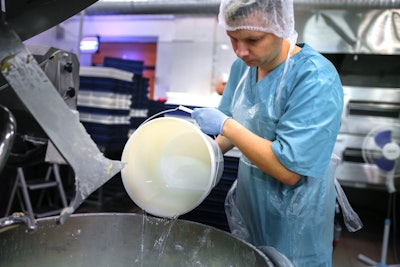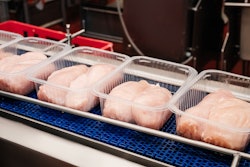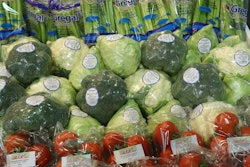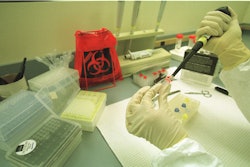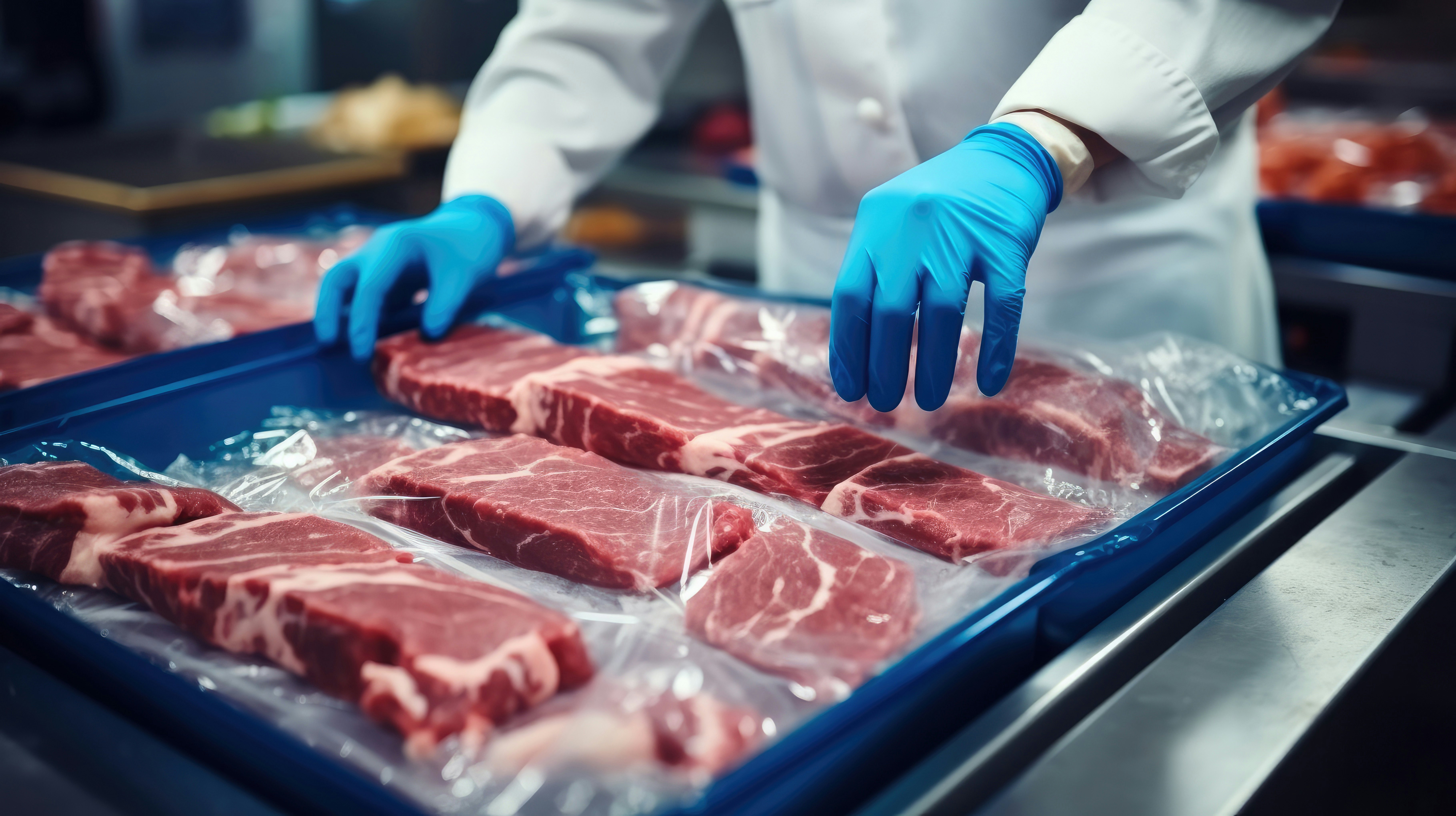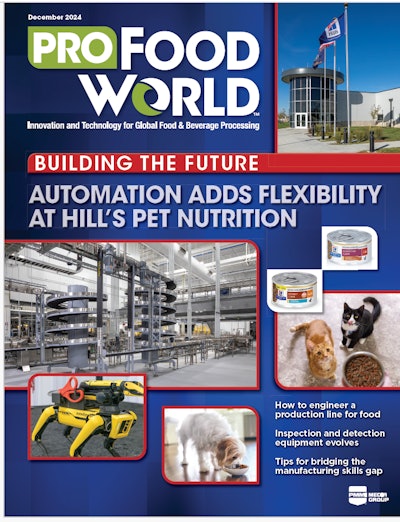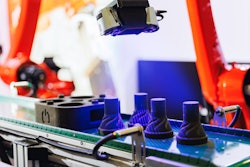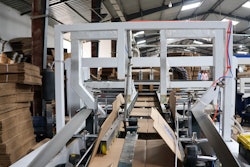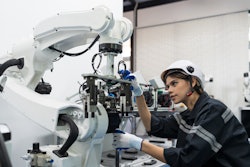The U.S. Food and Drug Administration (FDA) is seeking to ban the practice that allows companies to self-certify food ingredients as safe.
Citing transparency and public health concerns, the FDA has proposed revising the GRAS (Generally Recognized as Safe) Final Rule to eliminate self-affirmed designations.
The agency proposes updating the list of reviewed chemicals and introducing a “systematic post-market review process.” While details remain sparse, the changes could significantly affect how CPGs manage ingredient compliance.
Known food safety issues
Common bacterial contaminants— such as E. coli, Salmonella, and Listeria—remain a leading public health risk in food safety. Infection can cause symptoms ranging from vomiting, fever, and abdominal pain to death, according to the World Health Organization.
These pathogens can stem from inadequately sanitized surfaces, processing equipment, or illness in food workers. Food recalls due to contamination can damage brand trust and lead to costly legal consequences.
Hygienic design standards
To maintain food safety, producers must implement hygienic design standards across all equipment. As ProFood World reported in “Three 2025 Summit on Hygienic Design Takeaways From Day One Speaker Sessions,” it isn’t sufficient for manufacturers to have hygienic equipment. They must ensure all equipment materials can assure hygienic design for the entire lifecycle of machinery.
In addition to hygienic design, food and beverage production lines should seek to enhance their cleaning processes when possible. Using AI to strengthen Clean-in-Place (CIP) systems can be a strong tool in prevention that many manufacturers don’t take advantage of.
ProFood World previously reported that predictive AI in CIP systems can provide critical point analysis, informing on the most effective washes and operational decision making.
